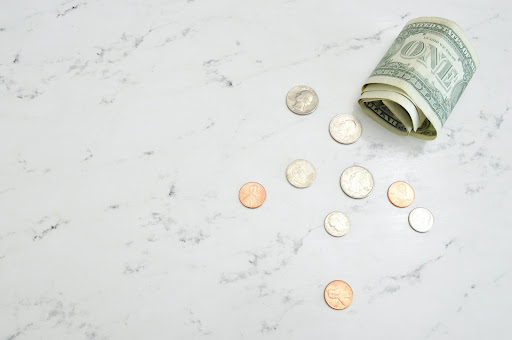
Saving may seem difficult or impossible, especially if you’re living paycheck to paycheck but saving for emergencies and the future is vital. Unplanned emergencies and expenses crop up when you least expect them, and having money saved can help you out of your crisis and prevent you from getting into financial difficulty.
Without savings, you will likely have to borrow money, which means adding another bill to fit into your monthly budget when it comes time to repay the loan. If you have a poor credit rating, there are many online loans for bad credit, but these typically come with high-interest rates and short payment terms, so the best thing you can do is have money set aside.
Table of Contents
How to Save
Ideally, you should have short-term and long-term savings goals. You should also have two types of savings – one for emergencies that are relatively easy to access, and the other for the long term, that you can’t access as easily. Financial planning experts advise that you save about 20% of your income every month, but if this is not possible, decide on a minimum amount you can commit to saving every month.
The best way to think of savings is as another non-negotiable bill you have to pay. You can ensure you save by setting up an automatic payment so the money is debited from your account and automatically transferred into your savings account every month. When you start saving early, you benefit from compound interest.
If you feel there is absolutely no room in your budget to put money aside for savings, try the following:
Track Your Spending
Small purchases every day add up. Keeping a spending journal is easy to track your spending and know exactly where your money goes. The most convenient way to do this is on your phone. In your notes, create a spending journal, and every time you spend money, even if it’s just $1, record it on your phone. You will be shocked at the amount you spend unplanned without thinking.
Look for Ways to Reduce Expenses
Skipping your morning Starbucks order won’t give you the funds to buy a house, but minor tweaks to your spending habits will help you build healthy savings.
The key is balance. You don’t have to cut out every expense that may seem unnecessary, but you can cut back. For example, if you buy lunch daily, consider cutting it down to maybe two to three times a week. If you go out every Friday and Saturday night, go out every second weekend. The small amounts you save add up, and, when kept in the correct savings vehicle, can grow substantially.
Evaluate Your Budget
After tracking your expenses and finding ways to reduce spending, you must take a hard look at your budget. Are all the things you’ve spent money on in your budget? Being human means that there will be a few expenses that are not in your budget, but these should only count for about 20% or below. Relook your budget to see if it is realistic and make adjustments. Also, include savings in your budget.
Short-Term Saving
Your short-term savings should be an emergency fund which should include enough money to cover your expenses for three to six months. This protects you if you lose your job or are unable to work for a short period, like if you’ve been in an accident or fallen ill. Depending on your expenses and income, it may take a while to save up this much, but you should work towards it.
When looking for where to save, consider the following and choose the one or ones that best suit you:
Savings Account
An ordinary savings account is the most convenient place to save money as you can access your funds anytime. It’s separate from your check account, and so, as long as you’re disciplined and only use it for emergencies, it is an easy place to keep your emergency fund.
The downside of this type of savings account is that the interest rate is very, very low, and with inflation, the value of your money can decrease. A good option is to keep a small amount in your savings account for when you need cash fast.
High-Yield Savings Account
High-yield savings accounts offer high-interest rates. Open a high-yield savings account at your local bank, but online banks usually offer higher interest rates and lower fees. If you’re opening a high-yield account through an online bank, you will need another bank account, like a checking account, to transfer your funds to or withdraw as you can’t withdraw or use it from an online bank.
Access to funds from a high-yield account is somewhat restricted, and depending on the bank, there might be a limit on how many withdrawals you are allowed in a year. Also, since you can’t access the funds directly and have to transfer them into another account to use or withdraw, it can take a day or two before it is available.
Long-Term Savings
The most common long-term savings are retirement funds. To benefit from these savings accounts, you must not withdraw the money until you’ve reached the retirement age. Popular retirement funds are:
401(K)
Your employer usually sponsors 401 (K) accounts, which will match your monthly contributions. After signing up for a 401(K), a percentage of your salary is automatically transferred into this account every month.
While you can withdraw funds from your 401 (K) before retirement, you will be penalized.
IRA (Individual Retirement Account)
Similar to a 401 (K), an IRA is also a savings account for retirement, but your company does not sponsor it, so all the contributions are your own. Saving money for retirement in an IRA has tax benefits, but like the 401 (K), withdrawing before retirement comes with a penalty.